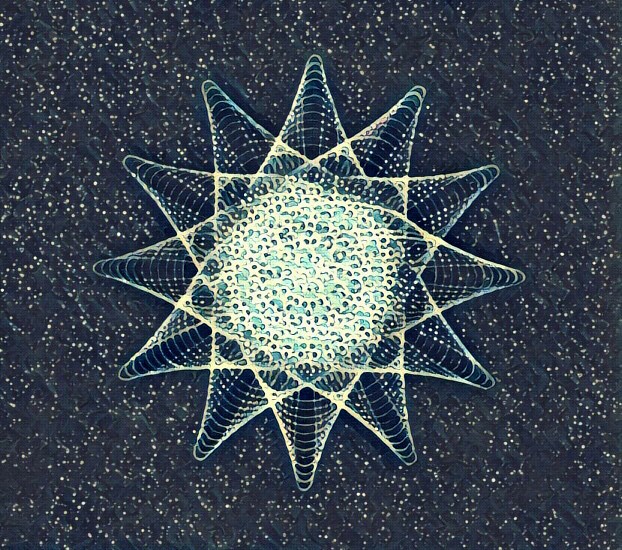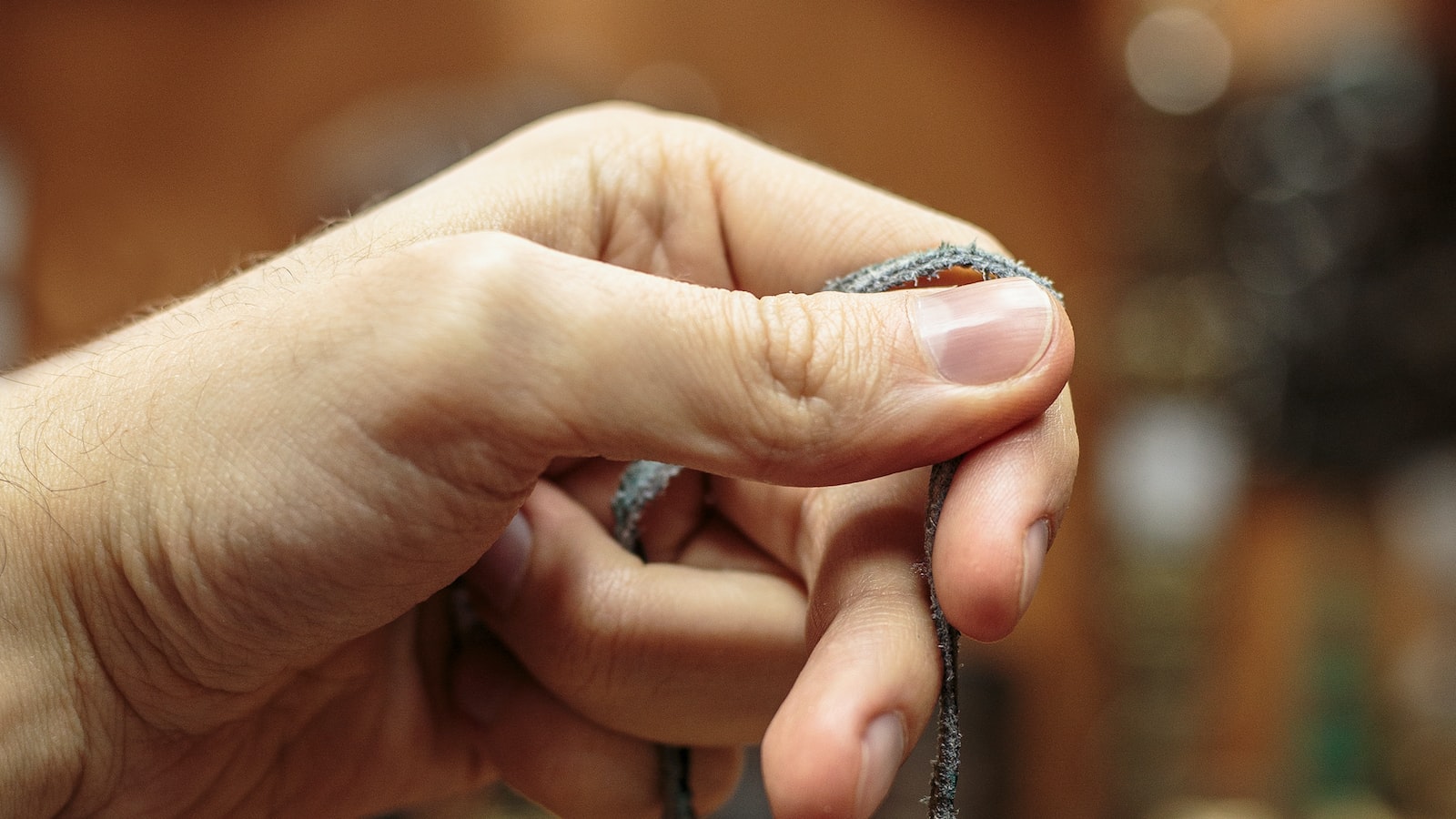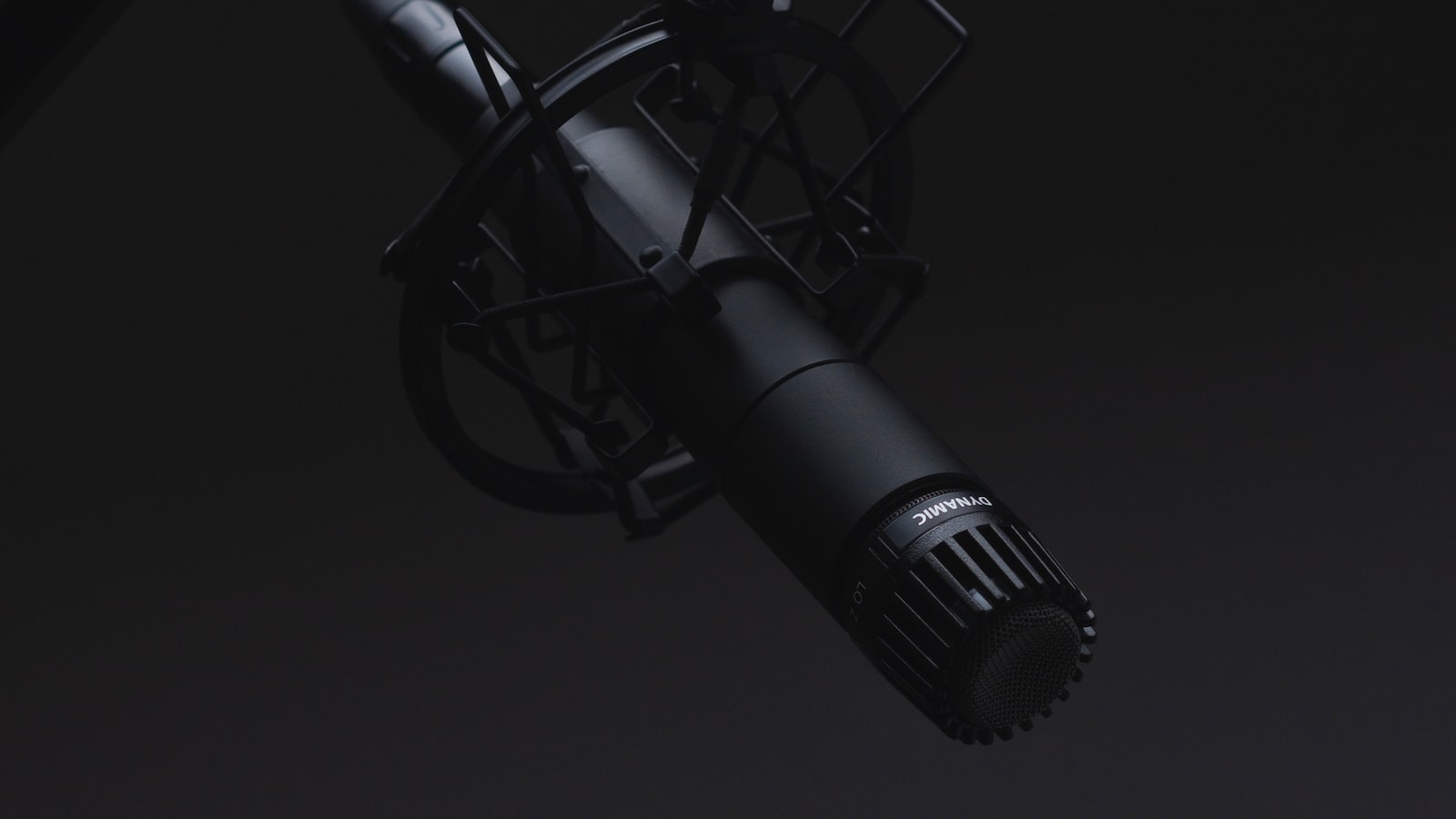As our world becomes increasingly crowded and noisy, it’s critical to find a way to create unique audio landscapes that stand out. It’s why sound designers work tirelessly to create a sonic world that captivates, informs, and transports listeners. But crafting a compelling audio experience can be a daunting task. Luckily, the tips and tricks shared in this article will help you develop a better understanding of sound design fundamentals and ensure you create unique soundscapes that capture the audience’s attention. Sound design 101: Crafting unique audio landscapes can help you get started.
1. Introduction to Sound Design
Sound design is an essential part of media production. It gives your video, movie, or game a lifelike feeling that can help to make or break a production. With the right sound design, you can capture an emotion, atmosphere, and character in a way no other medium can.
Getting started with sound design is easier than ever. Sound libraries are now large enough to give you an enormous variety of sound options to choose from, and software to quickly manipulate the sound and add your own creative twist. Whether you are a beginner just getting started or a professional looking for new techniques, sound design is one of those skills that is truly never done learning.
- Creating sound effects – Learn the basics of creating custom sound effects and how to use them effectively.
- Manipulating sound – Discover how to use dynamic processes like compression, EQ, and reverb to enhance sound.
- Working with dialog – Learn how to record and edit voice-overs to make them sound professional and clean.

2. Exploring the Soundscape
Music can be as transformative an experience as many travelers feel a destination itself to be. Before setting off on a journey, it’s important to explore the soundscape that characterizes the area. What styles of music are typical to the area? What are people dancing to? Who are the local legends? Learning the answers to these questions will help to get you into the zone for your destination.
For a more local experience, you can venture to get closer to the soundscape of your destination. Gracing the streets, you may find small bars, open-air festivals, and street performers showcasing the soul of the place. In fact, attending music festivals is a great way to become immersed in the local culture. Additionally, listening to the more famous songs of the region can get some insight into the overall feel of the place before departing on your journey.
- Hit up Local Festivals – Enjoy the vibrant sounds of the area in the Great Outdoors!
- Inquire with Locals – Ask the locals what they’re listening to and start your own playlist.
- Listen to Radio Stations – Tune in to local radio stations to get the vibe for the most popular songs in the area.

3. Utilizing Elements of Sound Design
Sound design has become an invaluable tool when it comes to crafting stories, especially in films.
From the subtle implementation of sound effects to the utilization of recorded audio clips, making sure you have effective elements of sound design is both essential and rewarding. Here are a few steps you can take:
- Look for unique sound effects: The internet provides an abundance of resources where you can find sound clips, making it easier for you to find the perfect sounds.
- Consult with a sound designer: Consult with an experienced sound designer to get a better understanding of achieving the desired soundscape.
- Experiment with overlapping sounds: Not all sound sources have to be independent, try layering and experimenting with overlapping sounds to achieve your goal.
- Try recording your own sounds: This adds a personal touch to your production. While the internet provides an array of choices, the sounds you record are truly your own.
Being aware of the sonic surroundings of your project is key when ensuring that your audience feels immersed in the story. can add a crucial layer of depth and emotion to your production.

4. Crafting Your Own Audio Landscapes
Creating your own audio landscapes can be a unique and absolutely electrifying experience. Listeners can expect to be present on an exploration of captivating textures, entrancing beats, and lush soundscapes. Here’s how one can get started:
- Start out with the basics: familiarize yourself with the various elements that make up an audio landscape. Get acquainted with terms like rhythm, melody and harmony, and learn about different frequencies and sounds.
- Formulate ideas: make a conscious effort to draw inspiration from sources like nature, everyday objects, or personal experiences. Consider combining elements from multiple sources and take notes for further reference.
- Make music: have fun and get creative! Utilize various software programs, instruments, and free sounds to craft an audio landscape that speaks for you. Experiment with different set-ups and methods to find the sound you’re looking for.
By tailoring your own audio landscapes, you can bring to life a unique atmosphere and fill it with stories of your own with sound. It simply depends on what your desired outcome is, how in-depth you plan on going into your craft, and your source of inspiration. The possibilities are truly endless!
To Wrap It Up
Now that you’ve learned about the fundamentals of sound design, it’s time to discover what sounds you can create. Armed with these tips and tricks, you now have the foundation to craft your own unique audio landscapes and bring them to life. Take the time to experiment, play with different settings, and enjoy the journey towards creating something special. Who knows – yours may be the sound of the future!

